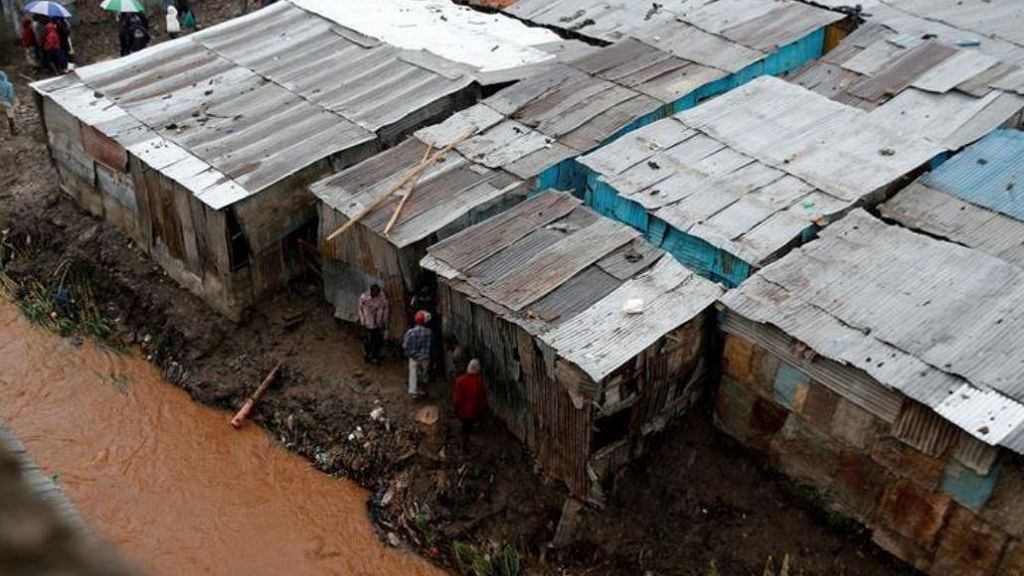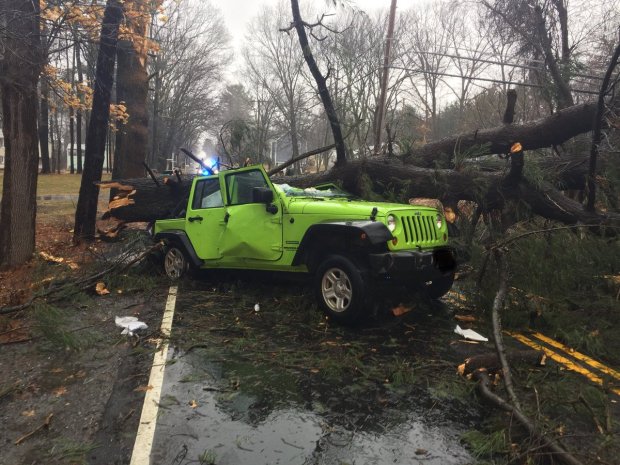
At least 100 Kenyans have died and some 200,000 residents have been forced from their homes by multiple rounds of flooding and mudslides that struck the African nation in April, the Red Cross said.
The floods have caused a humanitarian disaster that authorities say needs an immediate response before it worsens, the Times of India reported. Residents told the Standard that flooding has cut off health care facilities, making them unable to reach.
"We would urge the national government to declare this a national disaster so that deliberate effort can be made and resources mobilized to help the affected people," Kenya Red Cross secretary general Abbas Gullet told reporters Sunday. "We need a national disaster management fund set up."
With many roads cut off, rescuers had to airlift more than 300 people to safety amid the flooding in Nairobi, the Standard also said. Several dams are also in danger of overflowing as water levels continue to rise, and officials fear even worse damage downstream if that happens, the report added.
As the disaster persists, there's another fear: illness. On both sides of Kenya's border with Somalia, refugee camps were flooded, and the conditions have officials fearful that a cholera outbreak is imminent, the Telegraph reported.
"Our staff on the ground have seen the elderly, women and children struggling to survive while their flimsy shelters are knee-high full of stagnant water," Victor Moses, Somalia country director for the Norwegian Refugee Council, told the Telegraph. "With limited access to proper toilets and clean water, it’s a ticking time bomb for disease outbreaks like cholera and malaria."


